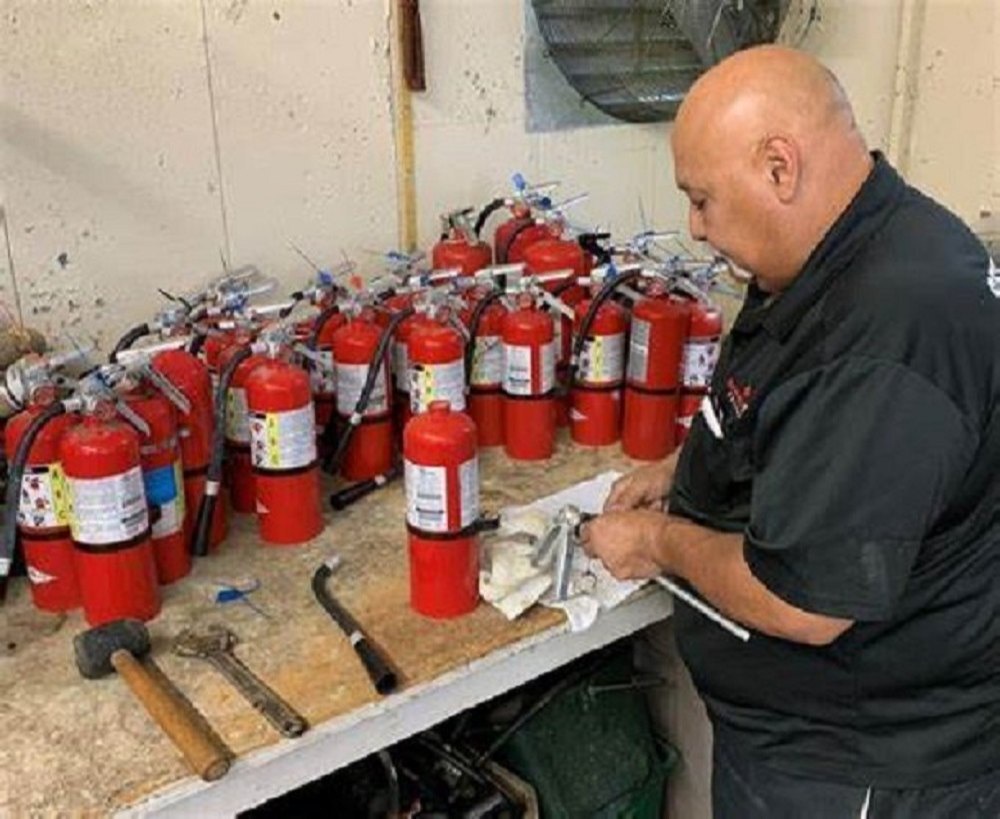In the realm of fire safety, one of the most critical aspects is the selection of an effective fire suppression system. Whether for residential or commercial spaces, the ability to swiftly and effectively suppress a fire can make the difference between minor damage and a catastrophic event. This guide aims to provide an in-depth exploration of fire suppression systems, their various types, considerations for choosing the right system, and the importance of local solutions in enhancing overall safety.
Understanding the Need for Fire Suppression:
Fires can erupt unexpectedly and escalate rapidly, posing significant threats to life, property, and the environment. Fire suppression systems are designed to control, contain, or extinguish fires at their early stages, preventing them from spreading and causing extensive damage. These systems are a vital component of overall fire safety strategies, providing a proactive means of addressing fire emergencies.
Types of Fire Suppression Systems:
-
Water-Based Systems: Water-based fire suppression systems are among the most common and traditional methods. These systems use water to control or extinguish fires. Examples include sprinkler systems, water mist systems, and deluge systems. They are effective for a wide range of fire types and are often used in residential, commercial, and industrial settings.
-
Gas-Based Systems: Gas-based fire suppression systems use gases such as carbon dioxide (CO2), halon, or clean agents to suppress fires. These systems are commonly employed in areas where water-based systems may cause damage to sensitive equipment or where water is not a suitable extinguishing agent, such as server rooms or museums.
-
Foam-Based Systems: Foam fire suppression systems are designed to combat flammable liquid fires. The foam forms a blanket over the liquid surface, preventing the release of flammable vapors and extinguishing the fire. These systems are commonly used in industries dealing with flammable liquids.
-
Powder-Based Systems: Powder fire suppression systems utilize dry chemical powders to suppress fires. They are effective against a variety of fire types and are often used in locations where other types of suppression agents may not be suitable, such as in electrical or mechanical rooms.
-
Aerosol-Based Systems: Aerosol fire suppression systems release fine particles or aerosols that chemically interfere with the combustion process, suppressing the fire. These systems are compact and suitable for protecting enclosed spaces.
Choosing the Ideal Fire Suppression System:
-
Risk Assessment: Conduct a thorough risk assessment of the environment where the fire suppression system will be installed. Identify potential fire hazards, the nature of the materials present, and the specific requirements for fire protection.
-
Type of Fire Risk: Consider the types of fires most likely to occur in the given space. Different suppression systems are designed for specific fire classes (A, B, C, D, or K), and selecting the right type ensures optimal effectiveness.
-
Environmental Impact: Evaluate the environmental impact of the suppression system. Some systems, such as those using certain gases, may have environmental concerns. Choose systems that align with environmental regulations and sustainability goals.
-
Space and Infrastructure: Assess the physical characteristics of the space, including size, layout, and infrastructure. Some systems may require specific installation considerations, and the layout of the space can influence the effectiveness of certain suppression methods.
-
Cost Considerations: Consider the overall cost of installation, maintenance, and any potential system upgrades. While initial costs are important, it's crucial to factor in long-term maintenance expenses to ensure the system's continued reliability.
-
Local Regulations and Codes: Familiarize yourself with local fire safety regulations and building codes. Compliance with these regulations is essential to ensure that the chosen fire suppression system meets the required standards for safety and effectiveness.
-
Ease of Maintenance: Regular maintenance is crucial for the effectiveness of any fire suppression system. Choose a system that is easy to maintain, with accessible components and clear guidelines for inspections and servicing.
-
Response Time: The speed at which a fire suppression system responds is critical. Evaluate the response time of different systems and choose one that provides a rapid and efficient response to contain and extinguish fires in their early stages.
Local Solutions for Enhanced Safety:
-
Accessibility to Service Providers: Opt for a fire suppression system that has local service providers for installation, maintenance, and emergency support. Local providers can offer quicker response times and familiarity with regional regulations.
-
Customization for Local Needs: Choose a system that can be customized to meet local fire safety requirements. Local conditions, climate, and specific hazards may necessitate tailored solutions for optimal protection.
-
Community Collaboration: Engage with local fire departments and community safety initiatives. Collaborating with local authorities ensures that your chosen fire suppression system aligns with broader community safety goals and emergency response plans.
Conclusion:
Selecting the ideal fire suppression system near me is a crucial step in fortifying any space against the threat of fire. By understanding the different types of systems, conducting a comprehensive risk assessment, and considering local factors, individuals and businesses can make informed decisions to enhance overall safety. A well-chosen fire suppression system, tailored to local needs, not only mitigates the risks posed by fires but also contributes to a safer and more resilient community. In the journey of suppressing threats locally, the emphasis should be on proactive measures, continuous evaluation, and collaboration with local resources to ensure a swift and effective response in the face of fire emergencies.


No comments yet